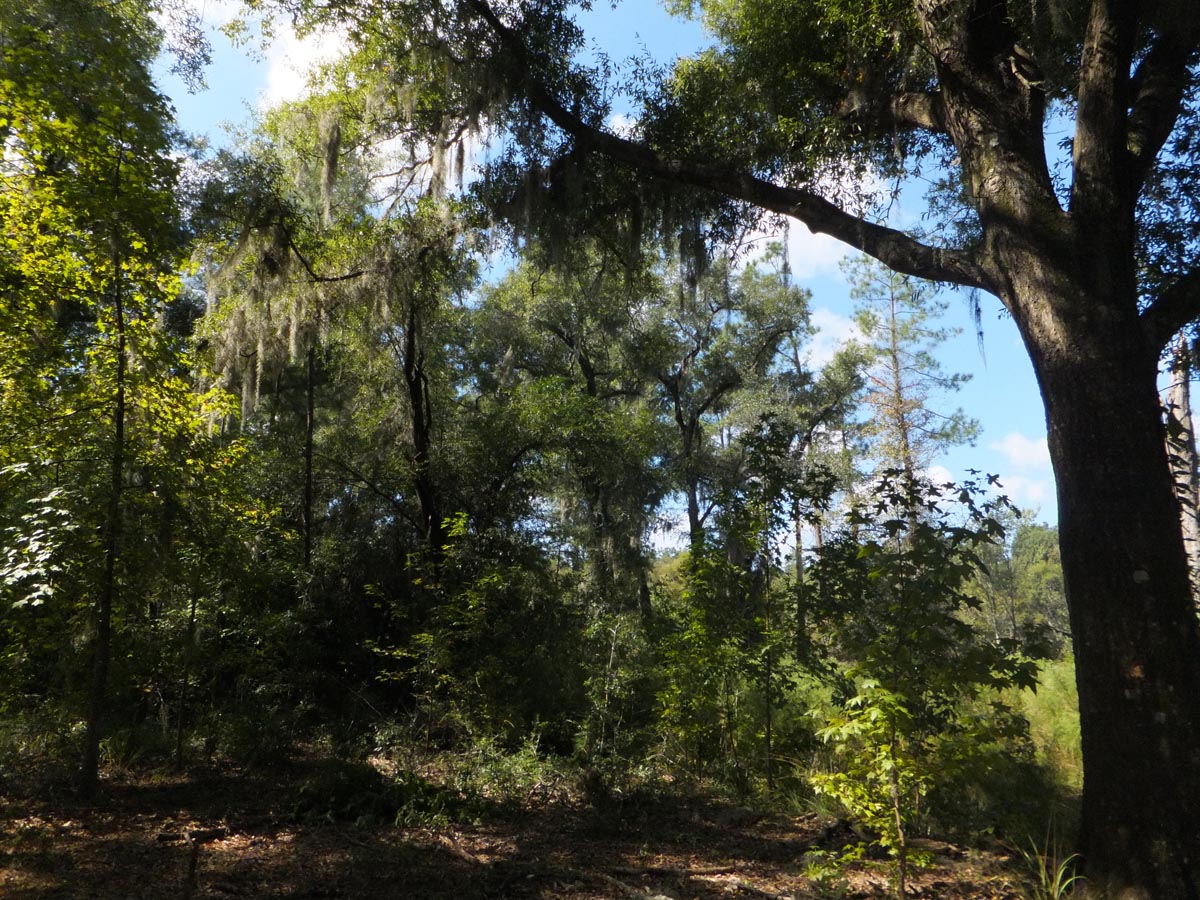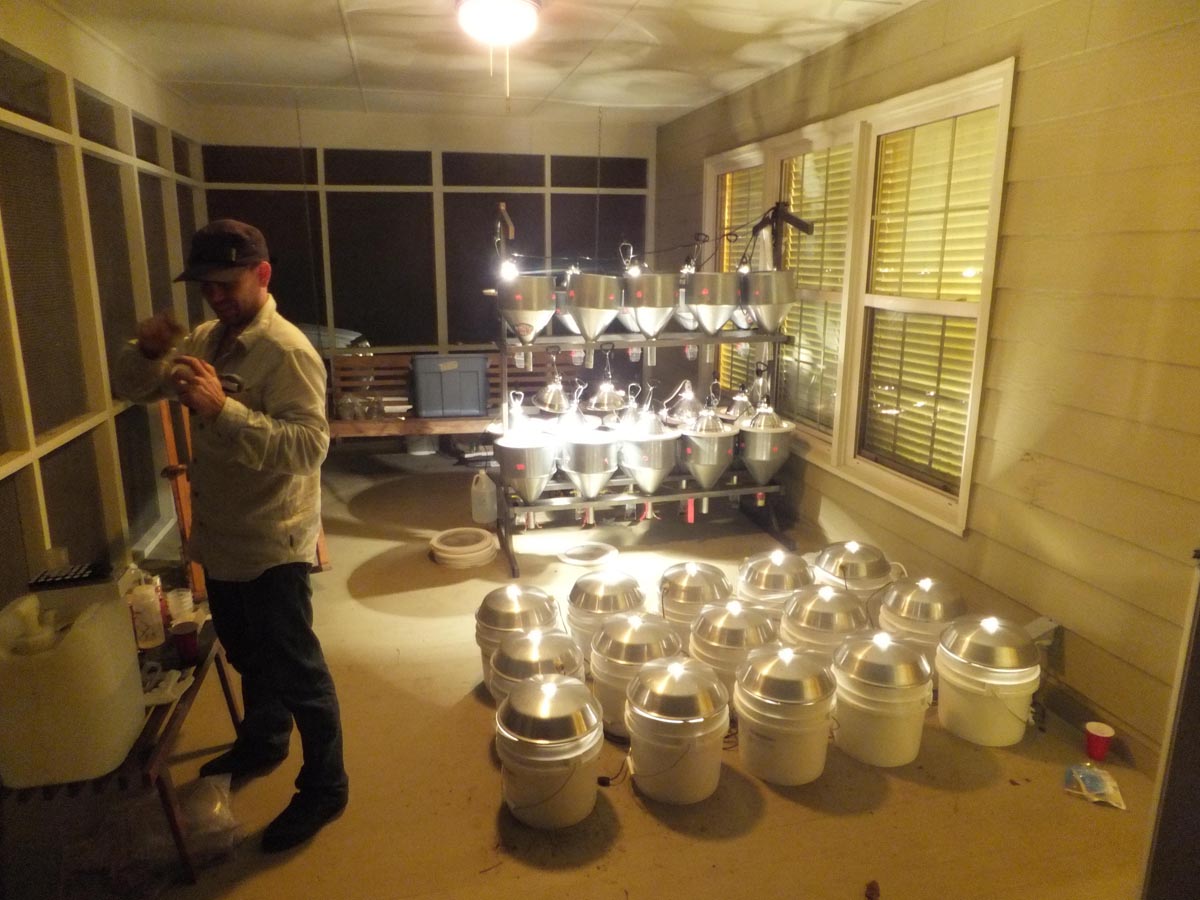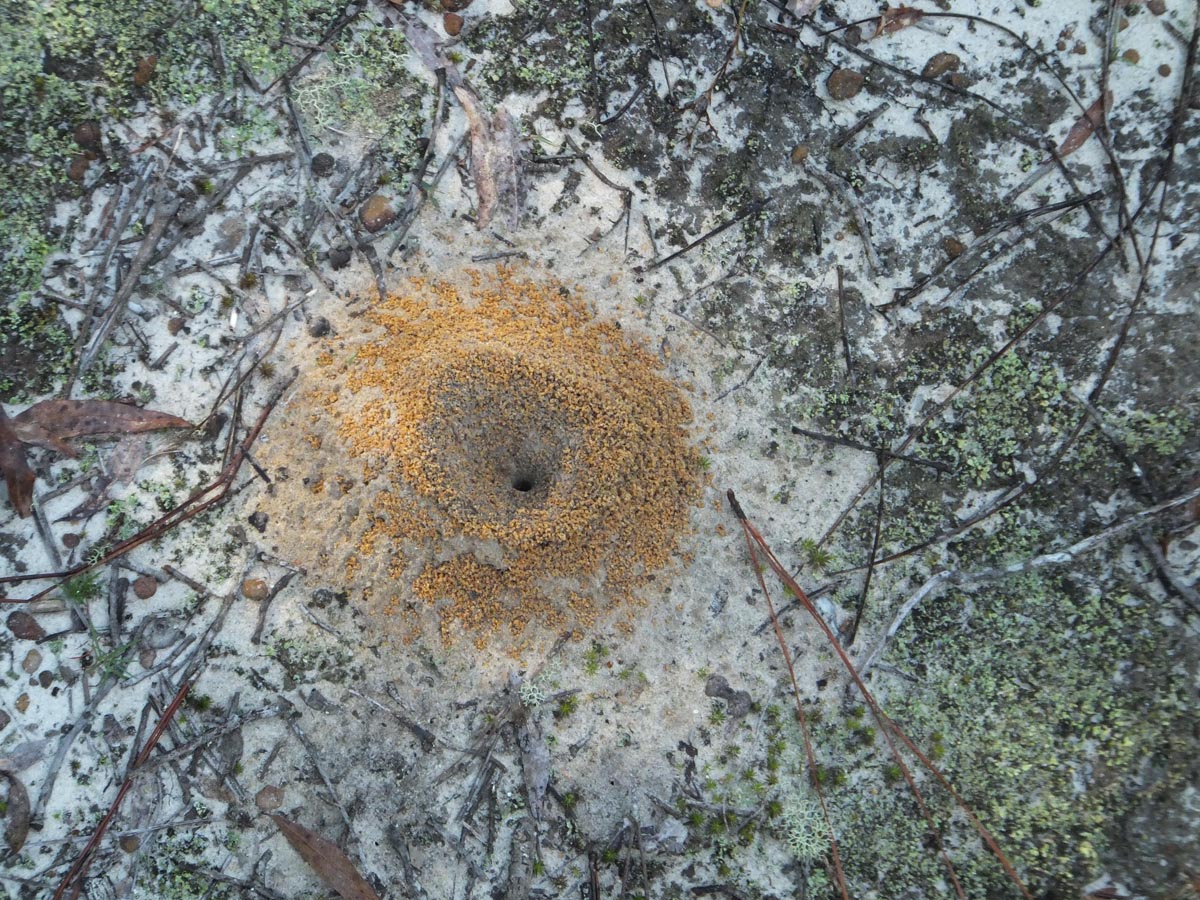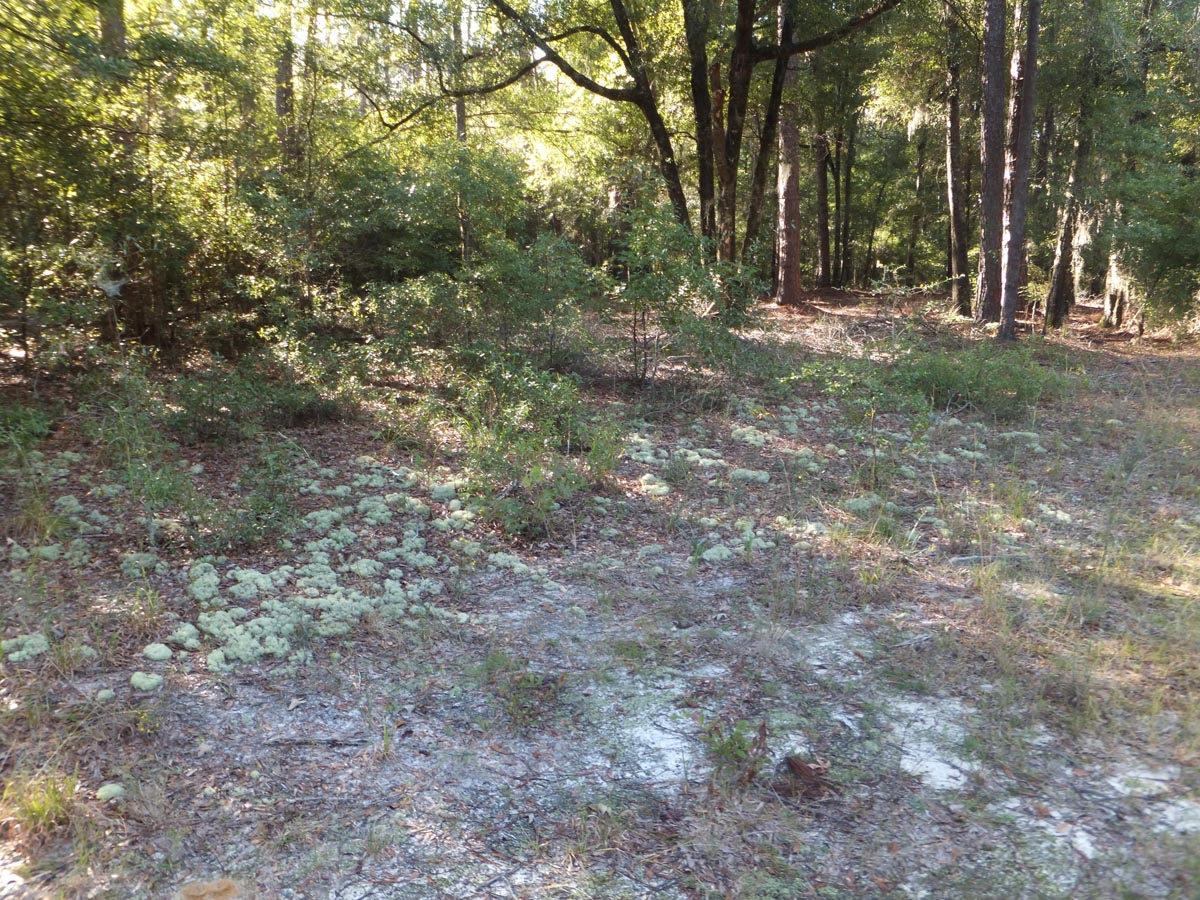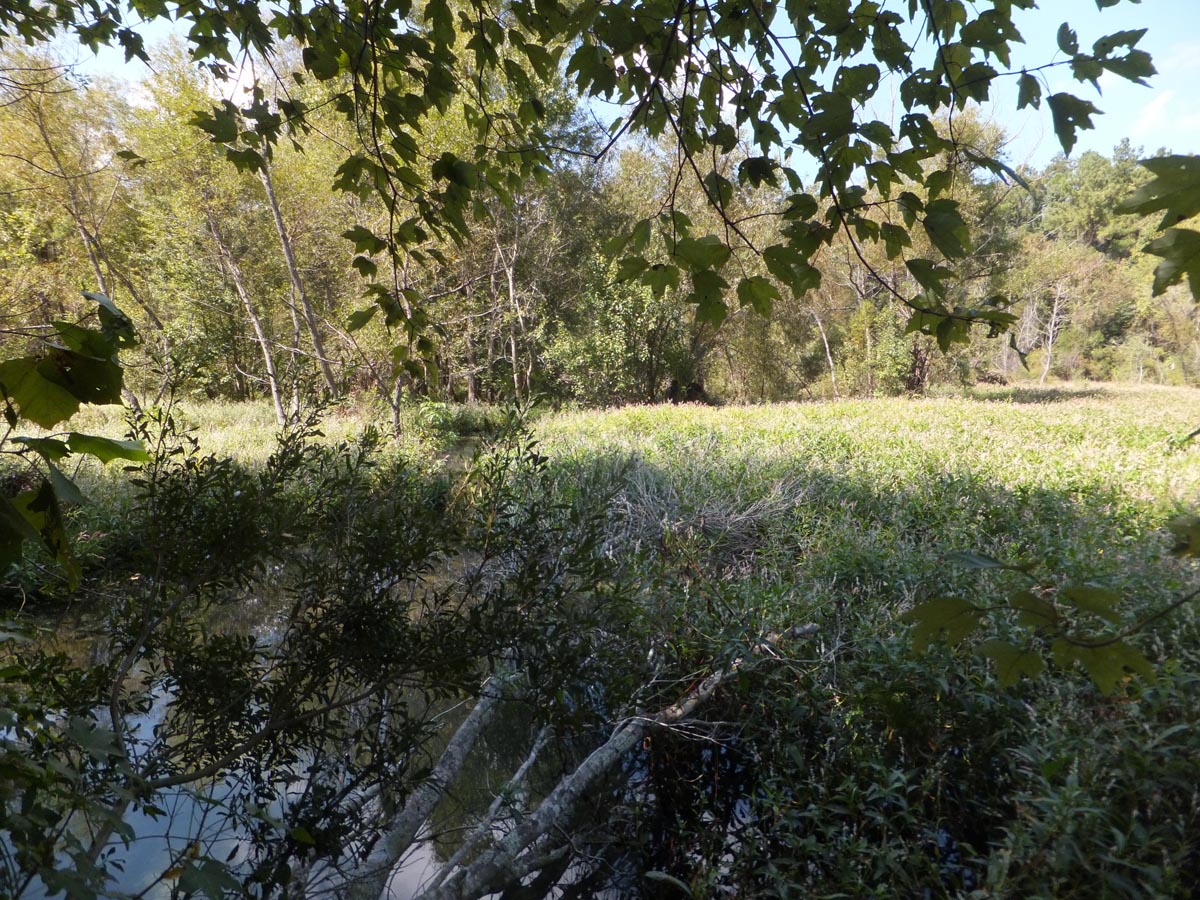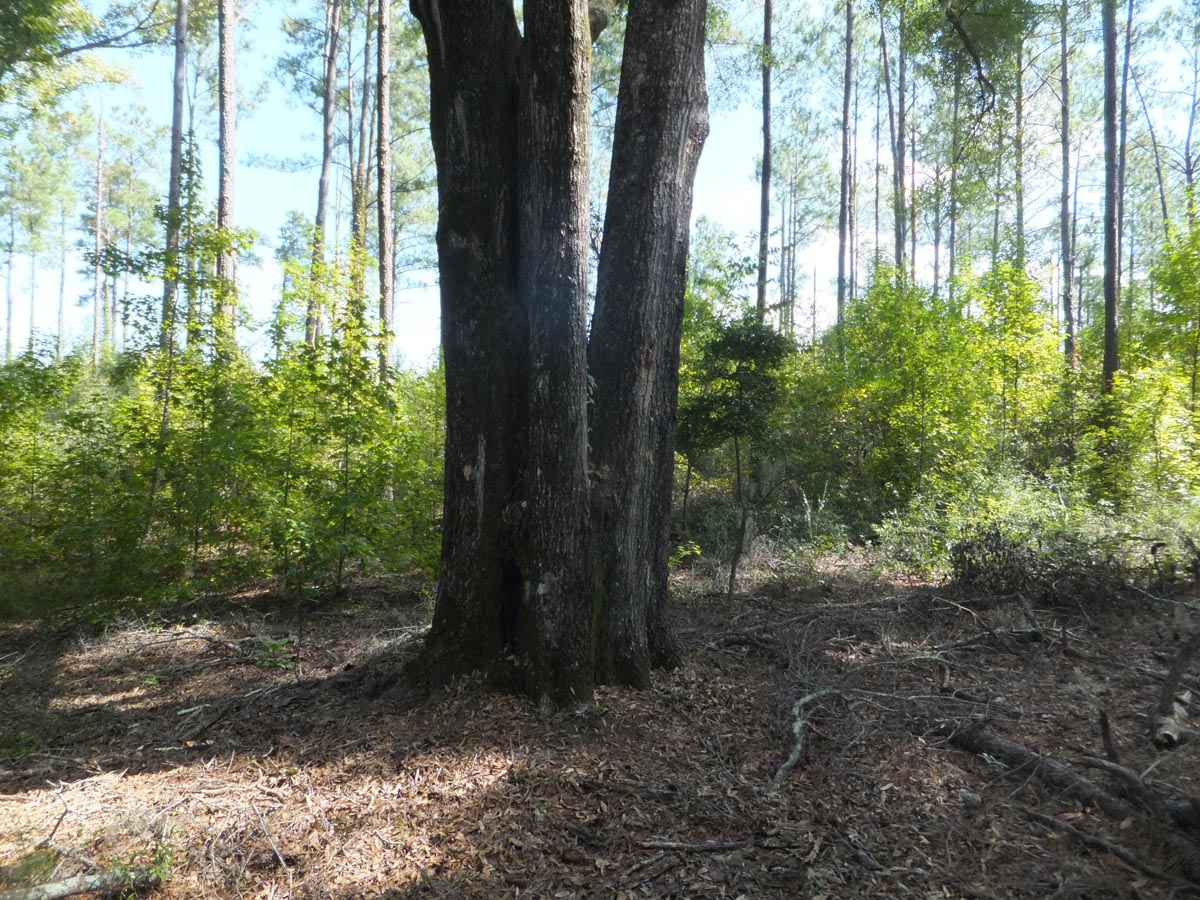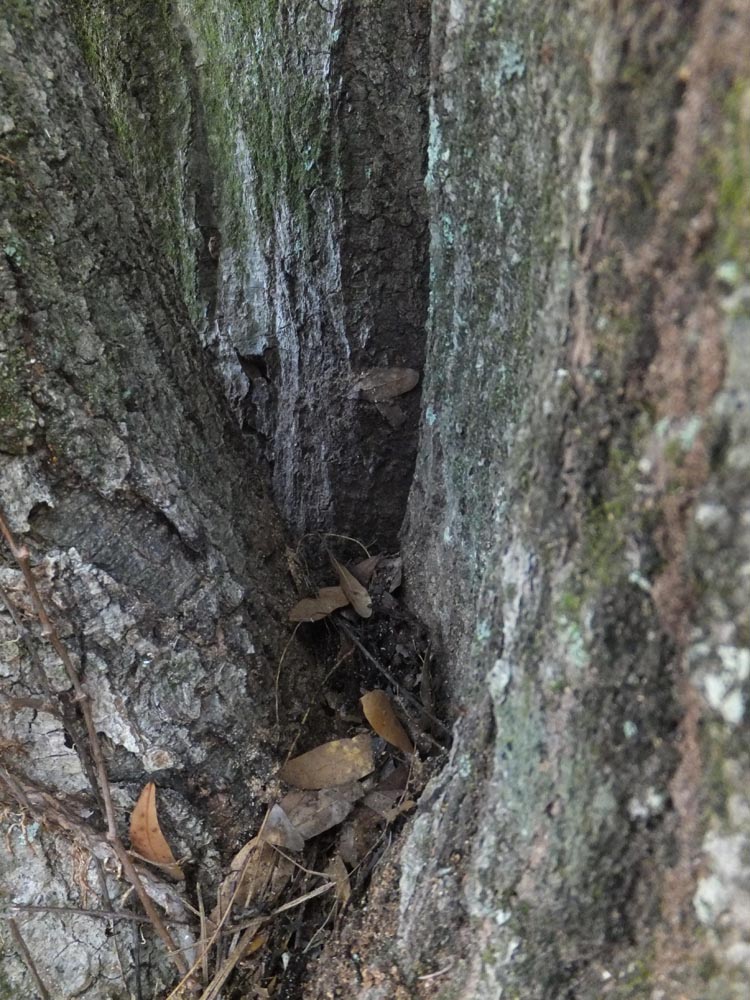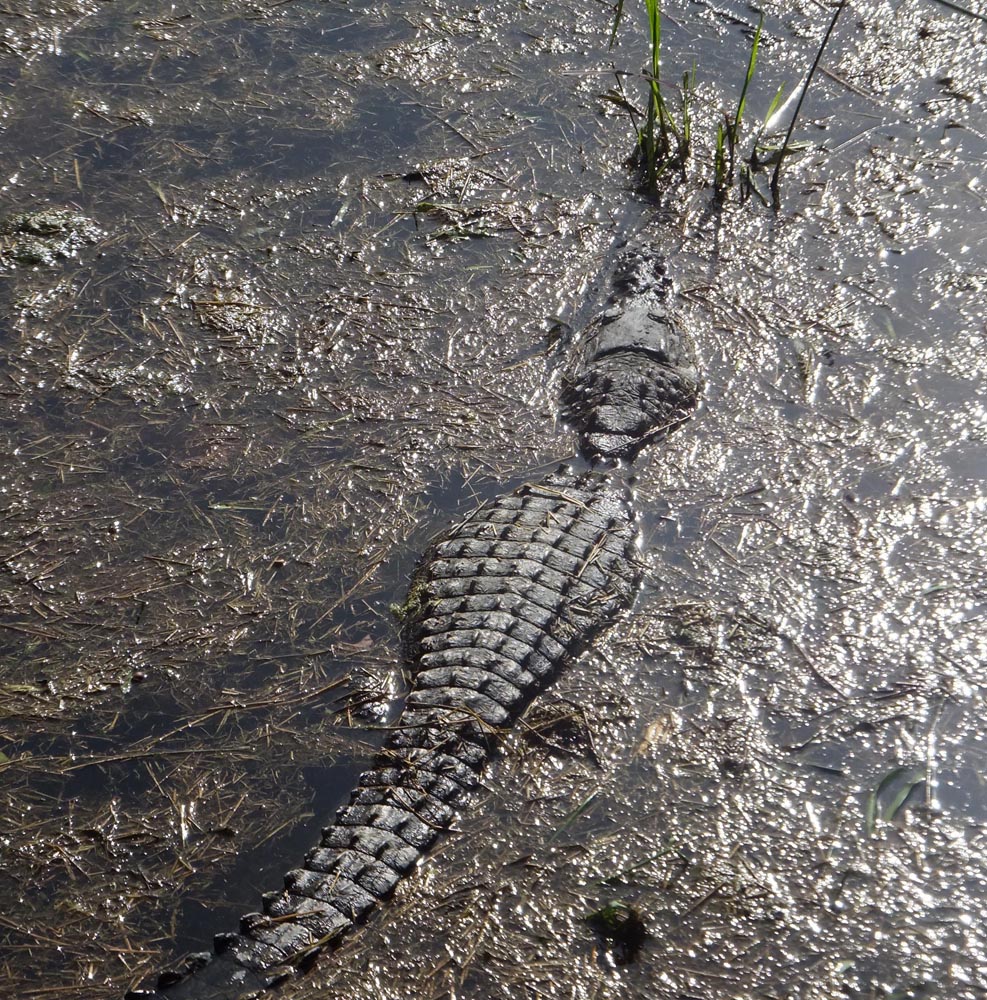Ants collected at Magnolia Springs State Park, Jenkins County, Georgia (6-10 October 2014)
Joe A. MacGown, Doug Booher, and James L. Lewis
Uploaded on 12 March 2015
Magnolia Springs State Park is a historic 1,071 acre park located in Jenkins County, Georgia near the small town of Millen. This park is well known for its crystal clear springs, which have been estimated to flow 9 million US gallons per day. Numerous forms of wildlife may be seen in the forests and various seeps, ponds, and lake at the park including alligators, waterfowl, turtles, snakes, and numerous other creatures. Historically, a Civil War era prison camp, “Camp Lawton”, was located on the land now occupied by the park. A recently opened museum gives the history of the prison camp. Overnight visitors can stay in one of several very nice cabins or may choose to tent or bring an RV. Much of the habitat in the park is a mix of pines and hardwoods, with lots of oaks and sweet gums, in a very sandy soil. Various microhabitats are present as well, many of which are tied to the different aquatic systems. The park has several well-maintained trails, which offer a great way to explore this sandy forested area.
During the week of 6-10 October 2014, MacGown, Booher, and Lewis collected ants at Magnolia State Park finding a total of 58 species. Below is a a brief log of the weeks activities based on MacGown's log book.
Collecting Log
Doug Booher, a collaborator of the MEM and Ph.D. student at UCLA who is doing his field research on Strumigenys ants in the southeastern US, invited us along to collect here this week. Following an eight hour drive from Mississippi State, James Lewis and I (Joe MacGown) arrived to the park at approximately 5:30 PM on October 6th. We unloaded the truck, then immediately we collected some litter samples so we could start running them on the 11 available Berlese funnels. Got those going, and then had some supper. Doug is some kind of crazy wonderful host, and he had a big pot of beef and sausage stew for us! Wow.
The next morning, October 7th, James and I collected around the cabin area (Site 1) while Doug changed out Berlese samples. He is running 50 samples for day in 12 hour shifts.
Doug Booher checking his Berlese funnels
Lots of work! As we collected, it become painfully obvious the park was overrun with red imported fire ants! Also, we noted plenty of the exotic dark rover ant, Brachymyrmex patagonicus. We also observed numerous colonies of the pyramid ant, Dorymyrmex bureni, which has no problem nesting side by side with these exotic ants.
Dorymyrmex bureni colony, with typical crater surrounding entrance
At edge of woods at Site 1 near cabin
About 11AM, we collected at one of Doug’s study sites that was across the highway from the main part of the park, but still part of it. The habitat was a mix of thick young mixed forests with lots of undergrowth and pockets of mature oaks and pines with little understory. Adjacent to the area was a large swampy pond, which appear to be spring fed and was full of various aquatic and semi aquatic vegetation.
Swampy Pond
His study site was one of the open spots with a handful of large oaks and pines. We also collected here taking litter samples and doing general collecting. We baited the trees with cookies and peanut butter, which pulled in Pheidole dentata (in large numbers), Aphaenogaster tennesseensis (on the water oaks), and a couple of other species. Observing the A. tennesseensis workers carry bits of Pecan Sandies cookies soon revealed their colony in one of the water oaks, which was in the crotch of the main trunk approximately 1.5 m high. Accumulated fallen leaves over time created a nice leaf litter microhabitat, which was apparently suitable for the ants to nest in. All castes including males, dealate queens, workers, and brood were present in the nest.
A large water oak in an open area in a pine/oak forest
A colony of Aphaenogaster tennesseensis was found nesting in the main crotch of a large water oak (pictured above)
After collecting here for a while, we left Doug to his manic litter sampling and head to Site 4, a microhabitat of pines trees with limited understory right beside the swampy pond. James and I collected more litter here from bases of the pines and in the open areas between trees. Later in the day, we did some general collecting in the area near the cabin, before finally calling it quits for the day.
On Wednesday morning, 8 October 2014, James and I collected at an open wooded habitat at the picnic/playground area (Site 5) near the Limestone Sink Trail and also along the trail itself for a few hundred meters (Site 6). We did pick up some litter in the open area, but the dominant ants were fire ants, rover ants, and yellow pyramid ants. The sandy, root strewn trail itself looked much more interesting and was dotted with numerous colonies of Trachymyrmex septentrionalis, Prenolepis imparis, Dorymyrmex bureni, and what were probably nests of Nylanderia arenivaga. We collected litter from the pine-oak forest on either side of the trail and from a low area beside a small spring fed pond or seep. The litter layer here was moist and had more obvious ant activity in it with plenty of the ubiquitous forest ant, Nylanderia faisonensis, present.
Sandy trail in pine/oak forest habitat
After collecting there, we put our Berlese samples on the funnels, ate some grub, and headed to sites 7 and 8 near the pioneer camp area of the park. Doug was over there sampling already and had his tiny dog, Tiny, in a soft container hanging several feet in a tree. With numerous alligators in the area, you don’t let a little dog roam freely! Site 7 was an interesting sandy field with lots of yellow flowers and various grasses present and numerous open patches of sand. The entire field was bordered by pine-oak forest with piles of branches and mulched wood at the edges. Fire ant colonies were abundant here, as where D. bureni colonies. More interesting were the colonies of Florida harvester ants, Pogonomyrmex badius, and the beautiful, slender orangish-red Aphaenogaster floridana that we found nesting in the sand.
This open sandy field was home to harvester ants and Aphaenogaster floridana
Site 8 was a sandy oak forest habitat that bordered the field and the adjacent lake. This area sloped down from the field to the water’s edge and provided a nice gradient of very wet soil and litter to much drier soil and litter as it neared the top. Since Doug was already collecting here, we only grabbed a few litter samples, then headed back to Site 1.
A turtle swimming in a beautiful spring fed pond
The next morning, 9 October, collections were made along the nature trail at Site 1 of A. floridana, T. septentrionalis, N. arenivaga, and other open area, sand nesting species. Later, we headed to the overlook area near a spring fed pond with aqua blue water. This beautiful spot was near the visitor center and it was a great place to watch ducks, turtles, and alligators. We observed a relatively large alligator, which was a bit over two meters in length, and a couple of smaller ones. We collected in the oak-hickory forest at the edge of the pond where the landscape gradually sloped down to the water’s edge. Numerous nuts of both mockernut and pignut hickory were present on the forest floor, and we collected colonies of several ants species such as N. faisonensis, Temnothorax curvispinosus, and Strumigenys rostrata in them. Lots of N. faisonensis were observed foraging in the leaf litter. We also collected the dark colored Aphaenogaster miamiana here. This species appears to have a distribution restricted to the Gulf Coastal Plain and along the Mississippi River up to about Tennessee from the southern Gulf Coast. We collected a few bags of litter and a couple of bags of hickory nuts. Doug also set up one of his litter sampling plots in this interesting mesic habitat.
One of the numerous alligators seen at the park
Species List (arranged alphabetically)
Aphaenogaster carolinensis Wheeler
Aphaenogaster floridana Smith
Aphaenogaster fulva Roger
Aphaenogaster miamiana Wheeler
Aphaenogaster tennesseensis (Mayr)
Brachymyrmex depilis Emery
Brachymyrmex patagonicus Mayr
Camponotus americanus Mayr
Camponotus nearcticus Emery
Crematogaster ashmeadi Mayr
Crematogaster lineolata (Say)
Crematogaster missuriensis Emery
Cryptopone gilva (Roger)
Cyphomyrmex rimosus (Spinola)
Discothyrea testacea Roger
Dorymyrmex bureni (Trager)
Hypoponera opaciceps (Mayr)
Hypoponera opacior (Forel)
Lasius americanus Emery
Lasius (Acanthomyops) sp.
Monomorium minimum (Buckley)
Myrmecina americana Emery
Nylanderia arenivaga (Wheeler)
Nylanderia faisonensis (Forel)
Pheidole dentata Mayr
Pheidole dentigula Smith
Pheidole metallescens Emery
Pheidole obscurithorax Naves
Pogonomyrmex badius (Latreille)
Ponera exotica Smith
Ponera pennsylvanica Buckley
Prenolepis imparis (Say)
Proceratium crassicorne Emery
Proceratium silaceum Roger
Pseudomyrmex ejectus (Smith)
Solenopsis carolinensis Forel
Solenopsis invicta Buren
Solenopsis pergandei Forel
Solenopsis tennesseensis Smith
Stigmatomma pallipes (Haldeman)
Strumigenys bunki (Brown)
Strumigenys clypeata Roger
Strumigenys creightoni Smith
Strumigenys dietrichi Smith
Strumigenys hyalina (Bolton)
Strumigenys louisianae Roger
Strumigenys margaritae Forel
Strumigenys membranifera Emery
Strumigenys ohioensis Kennedy & Schramm
Strumigenys ornata Mayr
Strumigenys pilinasis Forel
Strumigenys rostrata Emery
Strumigenys talpa Weber
Temnothorax americanus (Emery)
Temnothorax curvispinosus (Mayr)
Temnothorax pergandei (Emery)
Trachymyrmex septentrionalis (McCook)


